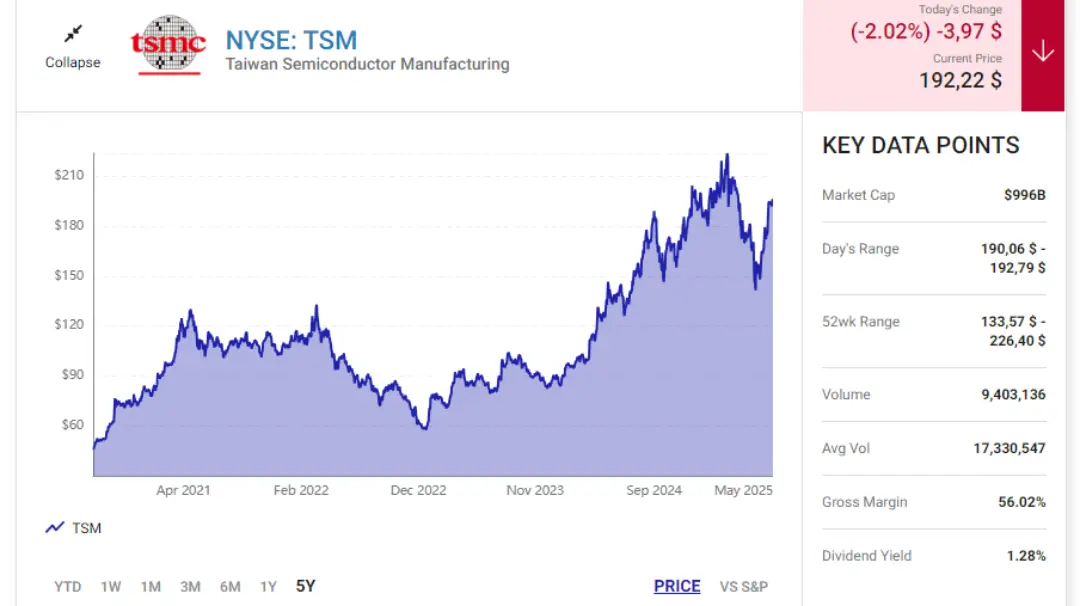AI Stocks Surge Again: Is the Bubble About to Burst or Just Getting Started?
Artificial intelligence stocks are once again dominating headlines—and portfolios. After a short-lived cooldown earlier this year, companies tied to AI development and infrastructure have come roaring back, pushing market valuations to new highs. But as enthusiasm grows, so do concerns about whether this is sustainable growth or speculative froth.
Who’s Leading the Charge?
- Nvidia (NVDA) continues to outperform as demand for GPUs surges across AI, cloud, and data center sectors.
- Microsoft (MSFT) and Alphabet (GOOGL) benefit from integrating AI into productivity tools and search.
- Palantir (PLTR) and C3.ai (AI) are drawing attention as “pure-play” AI software bets.

Source says: Not surprisingly, TSMC's growth has been breathtaking so far in 2025. Its revenue in the first quarter shot up 35% year over year to $25.5 billion, exceeding consensus estimates. The earnings growth was even better as an increase of 5 percentage points in its net profit margin led to a year-over-year jump of 54% in its bottom line to $2.12 per share.
What’s Fueling the Rally?
The market is pricing in explosive long-term growth. Analysts expect AI to disrupt industries from healthcare to finance. Corporate spending on AI infrastructure is rising sharply, and investor sentiment is being driven by quarterly results, new product announcements, and a strong IPO pipeline (think: OpenAI spin-offs, Anthropic, etc.).
But Is It Overheated?
Some warn that current valuations are outpacing fundamentals. Nvidia, for example, trades at a forward P/E ratio many times higher than the S&P 500 average. The dot-com bubble parallels are hard to ignore.
Analyst Outlook
Most experts agree: AI is real, the opportunity is massive—but not all players will win. “We’re seeing a gold rush,” said one analyst. “But like any rush, it pays to know who’s selling the picks and shovels.”
Bottom Line
AI stocks are hot again—but caution is warranted. For investors, it’s not just about chasing hype, but identifying companies with real business models, defensible tech, and long-term demand. The AI race is on—but not everyone will cross the finish line.